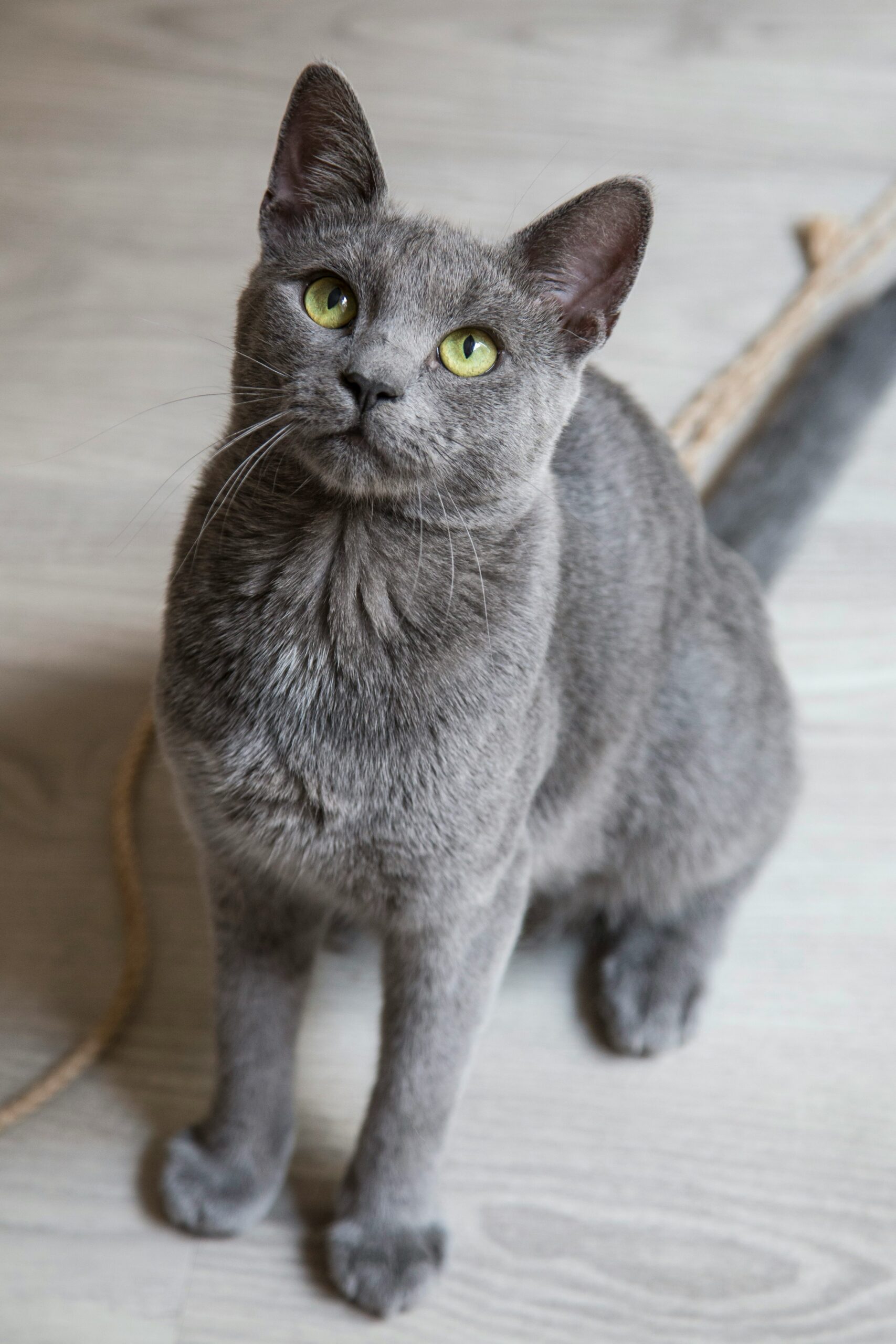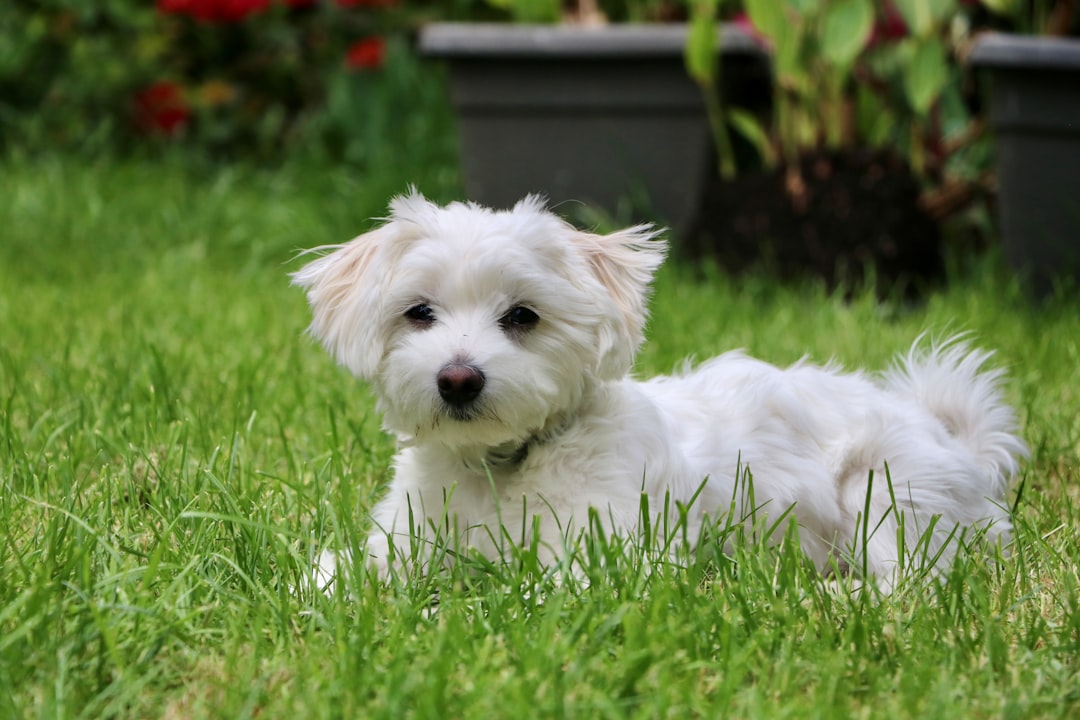Choosing the right food for your kitten is crucial for their growth and development. Wet cat food offers numerous benefits, particularly in providing essential nutrients and hydration that young cats require. Besides, its appealing taste helps entice even the pickiest eaters, ensuring a balanced diet. Additionally, incorporating fresh cat food into their meals can support easy digestion and promote dental health. As you consider the options available, understanding the benefits of wet cat food will empower you to make informed decisions that enhance your kitten’s well-being and happiness.
Nutritional Advantages of Wet Cat Food for Kittens
When it comes to feeding your kittens, the choice between dry and wet food can significantly impact their growth and development. Fresh cat food, particularly wet varieties, offers numerous nutritional benefits that can greatly aid in a kitten’s early life. Here’s why you should consider wet cat food for your furry little ones:
High Water Content: Wet cat food typically contains between 70-80% moisture. This high water content helps keep kittens hydrated, especially important since they may not drink enough water on their own.
Rich in Protein: Kittens require protein-rich diets to support their rapidly growing bodies. Fresh cat food often contains higher protein levels compared to dry food, ensuring they receive essential nutrients for muscle development.
Essential Fatty Acids: Quality wet food includes crucial fatty acids like Omega-3 and Omega-6, which support brain, skin, and coat health.
Easier Nutrient Absorption: The softer texture of wet food makes it easier for kittens to chew and digest, allowing more efficient nutrient absorption.
Overall, incorporating fresh cat food into your kittens’ diet can provide them with the essential nutrition they need to thrive during those critical early months.
Hydration Benefits of Wet Cat Food
Ensuring adequate hydration is vital for your kitten’s health. Incorporating fresh cat food like wet cat food can significantly enhance your kitten’s fluid intake. Here are the hydration benefits of choosing wet cat food:
High Moisture Content: Wet cat food contains about 70-80% water, which helps keep your kitten hydrated. This is crucial, especially for young kittens who may not drink enough water on their own.
Promotes Healthy Kidney Function: Adequate hydration supports optimal kidney function, minimizing the risk of urinary tract issues and other health concerns.
Flavorful Hydration: The savory taste of wet cat food encourages kittens to eat and drink more, making it an excellent option for those who might be reluctant to drink water alone.
Comparison of Dry vs. Wet Cat Food Hydration
| Type of Cat Food | Moisture Content | Hydration Level | Recommended for Kittens |
|---|---|---|---|
| Dry Cat Food | 10% | Low | Less suitable |
| Wet Cat Food | 70-80% | High | Highly recommended |
Incorporating fresh cat food in the form of wet food can, therefore, be essential for keeping your kitten happy and healthy!
Easy Digestion: Why Wet Food is Ideal for Young Kittens
Feeding your kitten the right diet is crucial for their growth and health. Fresh cat food, especially in wet form, offers significant advantages in terms of digestion. Here’s why:
Soft Texture: Wet cat food has a moist and soft texture, making it easier for kittens to chew and swallow. This is particularly important for young cats with developing teeth.
High Moisture Content: Fresh cat food in wet form contains a higher water content, which aids in breaking down nutrients, further promoting easier digestion.
Nutrient Absorption: The moisture in wet food helps younger kittens absorb essential nutrients more effectively. This ensures they receive vital proteins, fats, and vitamins needed for their development.
Reduced Risk of Dehydration: Kittens can easily become dehydrated. Serving wet fresh cat food helps maintain hydration levels, which is essential for overall health and digestive function.
In summary, opting for fresh cat food in a wet form supports optimal digestion and overall well-being for your kitten.
Palatability and Taste: Attracting Finicky Eaters
When it comes to kittens, ensuring they enjoy their meals is crucial. Fresh cat food, especially wet varieties, often impress picky eaters with their enticing flavors and aromas. Here’s why wet cat food proves a winner in palatability:
Enhanced Flavor: The moisture content in wet food boosts the intensity of flavors. Kittens are naturally attracted to rich tastes, making it easier to catch their attention.
Variety of Options: Fresh cat food comes in various flavors and textures, from shredded chicken to savory tuna. This variety encourages kittens to explore different options.
Aroma Appeal: Kittens have a keen sense of smell. The savory scent of wet food can stimulate their appetite, promoting healthier eating habits.
Soft Texture: The softer texture of wet food is easier for young kittens to chew and swallow, making mealtime enjoyable.
Given these factors, incorporating wet food can significantly improve the overall eating experience for finicky kittens, providing them not just nutrition but also enjoyment.
Dental Health Considerations with Wet Cat Food
When it comes to maintaining your kitten’s dental health, incorporating wet cat food into their diet can offer several advantages. Here’s how fresh cat food positively impacts dental hygiene:
- Soft Texture: The moist consistency of wet food is less abrasive compared to dry kibble. This gentleness helps prevent gum irritation, which is crucial for sensitive kittens.
- Reduced Tartar Buildup: Although wet food doesn’t directly clean teeth like kibble might, its high moisture content can contribute to less plaque accumulation over time.
- Hydration Support: Proper hydration aids in overall oral health by promoting saliva production, which naturally helps wash away food particles and bacteria.
Comparison of Wet and Dry Food Impact on Dental Health
| Feature | Wet Cat Food | Dry Cat Food |
|---|---|---|
| Texture | Soft and moist | Hard and crunchy |
| Plaque Reduction Potential | Moderate | Moderate to High |
| Gum Irritation | Low | Moderate |
In summary, while fresh cat food may not replace regular dental care, it certainly complements your kitten’s oral health efforts. Thus, offering a balanced diet that includes wet food supports both their nutrition and dental well-being.
Weight Management: Controlling Caloric Intake for Kittens
Managing your kitten’s weight can be a challenge, but incorporating fresh cat food into their diet can greatly aid in controlling caloric intake. Here’s why fresh cat food is a smart choice for weight management:
- Balanced Nutrition: Fresh cat food typically provides a well-balanced diet, ensuring your kitten receives essential nutrients without excess calories.
- Portion Control: With fresh cat food, you can easily measure portions, preventing overfeeding. This approach helps maintain an ideal weight.
- Satiation: Wet food options increase hydration and promote a sense of fullness. Cats often feel satisfied with smaller portions of fresh cat food compared to dry alternatives.
Comparison of Caloric Density
| Type of Cat Food | Average Calories per Cup | Hydration Level |
|---|---|---|
| Dry Cat Food | 300-400 | Low (10% moisture) |
| Fresh Cat Food | 100-200 | High (75-80% moisture) |
Incorporating fresh cat food into your kitten’s diet not only helps with weight management but also supports overall health. Choosing the right food type ensures your kitten thrives while keeping their weight in check!
Variety and Texture: Encouraging Exploration of Different Foods
Introducing fresh cat food to your kitten’s diet can significantly enhance their eating experience. Providing a mix of textures and flavors not only keeps mealtime exciting but also encourages exploration and acceptance of various types of food.
Benefits of Variety in Diet:
- Stimulates Curiosity: Different textures, such as chunks in gravy or pâté-style meals, can pique your kitten’s interest.
- Enhances Nutritional Intake: A diverse diet can offer a broader range of essential nutrients, supporting overall health.
- Encourages Healthy Eating Habits: Kittens exposed to a variety of foods are more likely to accept new options as they grow.
Comparison of Wet and Dry Fresh Food:
| Type of Food | Texture | Nutrient Absorption | Palatability |
|---|---|---|---|
| Wet Fresh Cat Food | Soft, Moist | High | Very High |
| Dry Cat Food | Crunchy, Hard | Moderate | Moderate |
By offering fresh cat food with varied textures, you help your kitten develop a well-rounded palate, preventing food aversion down the line. Ultimately, ensuring your kitten has a positive mealtime experience will set the foundation for lifelong healthy eating habits.
Transitioning from Dry to Wet Food: Tips for Pet Owners
Transitioning your kitten from dry food to fresh cat food can be a smooth process with the right approach. Here are some effective tips for making this change:
Gradual Introduction: Start by mixing a small percentage of fresh cat food with their current dry food. Gradually increase the amount of wet food over a week or two.
Consistent Feeding Schedule: Establish a routine. Feed your kitten at the same times each day, offering fresh cat food alongside dry options until they adjust.
Monitor Preferences: Pay attention to your kitten’s reactions. If they favor the fresh cat food, consider increasing its proportion in their diet.
Flavors and Textures: Explore different flavors and textures of wet food. This diversity can entice your kitten and keep mealtime exciting.
Avoid Stress: Ensure a calm environment during feeding times. Stress can cause reluctance to try new foods.
By following these tips, you can successfully transition your kitten to a nutritious diet that includes fresh cat food, promoting health and well-being.
Cost-Effectiveness: Analyzing Your Budget for Feeding Kittens
When considering the cost-effectiveness of feeding your kitten fresh cat food, it’s essential to weigh the benefits against your budget. Here are key points to help with your analysis:
- Initial Cost vs. Long-Term Health: While premium fresh cat food may have a higher upfront cost, investing in quality food often leads to better health and potentially fewer vet visits.
- Portion Control: Wet food tends to be more nutrient-dense, meaning your kitten may require smaller portions, which can result in savings over time.
- Comparison with Dry Food: Here’s a simple cost breakdown:
| Food Type | Average Price per Pound | Daily Feeding Cost (for a kitten) |
|---|---|---|
| Fresh Cat Food | $5.00 | $1.50 |
| Dry Cat Food | $2.00 | $0.80 |
- Storage and Shelf Life: Fresh cat food often requires refrigeration, but many brands offer convenient packaging that lasts longer. This minimizes waste compared to traditional products.
In summary, while fresh cat food may appear costlier upfront, its overall benefits and potential savings can make it a wise choice for your kitten’s diet.
When to Consider a Mixed Diet: Balancing Wet and Dry Cat Food
Balancing wet and dry cat food can provide an optimal diet for your kitten, ensuring they receive diverse nutritional benefits. Here are key points to consider when deciding to offer a mixed diet:
Nutritional Variety: Combining fresh cat food with dry options allows you to provide a broader range of nutrients, vitamins, and minerals essential for growth and development.
Hydration Needs: Kittens can struggle to drink enough water. Including wet food enhances hydration, which is crucial for overall health and kidney function.
Caloric Control: Mixing these food types lets you regulate caloric intake effectively. You can adjust portions based on your kitten’s activity level and health.
Taste Preferences: Some kittens can be picky eaters. A combination of textures and flavors encourages exploration and can reduce food aversion.
Adaptation Period: If your kitten transitions from dry to fresh cat food, start with a mix to ease them into the change without shock.
Ultimately, a mixed diet can benefit not only your kitten’s health but also their dining experience. Consider your pet’s individual needs when determining the right balance.



